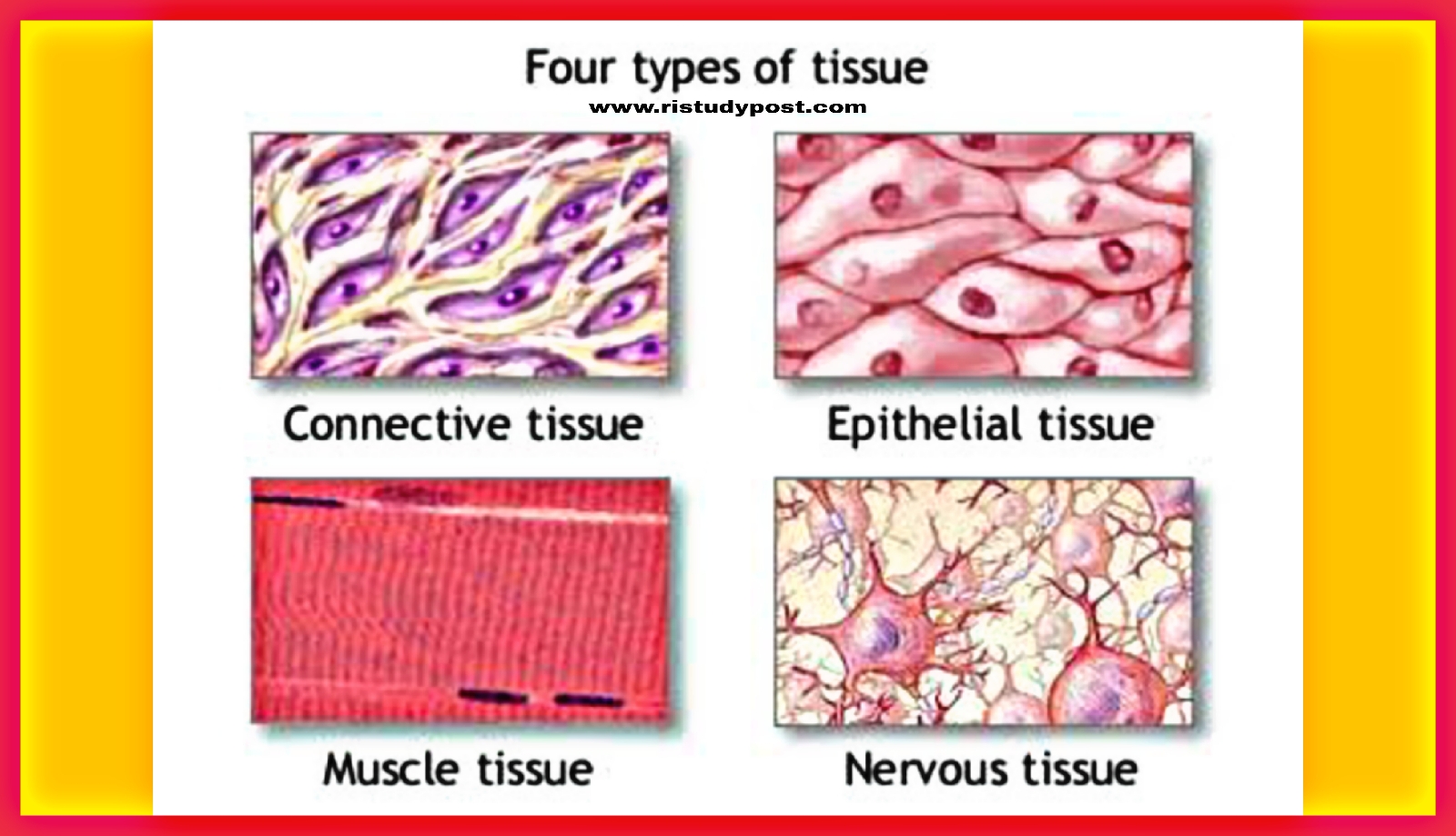What makes muscle tissue different from other tissues? Explain in Detail With Advantages and Disadvantages.
Muscle tissue is different from other tissues in the body in several ways. First, muscle tissue is made up of cells that are specialized for contraction. These cells contain long, thin filaments of proteins that slide past each other when the muscle contracts. This contraction allows muscles to move bones, organs, and other structures.
Second, muscle tissue is highly vascularized, meaning that it has a rich blood supply. This is important because muscles require a lot of oxygen and energy to contract.
Third, muscle tissue is innervated, meaning that it is controlled by nerves. Nerves send signals to muscle cells, causing them to contract.
The three types of muscle tissue in the body are skeletal muscle, cardiac muscle, and smooth muscle. Skeletal muscle is attached to bones and is responsible for voluntary movement. Cardiac muscle is found in the heart and is responsible for pumping blood. Smooth muscle is found in the walls of hollow organs, such as the stomach and intestines, and is responsible for involuntary movements, such as digestion.
Muscle tissue is a unique type of tissue found in the body that is responsible for producing force and movement. There are three types of muscle tissue: skeletal, smooth, and cardiac. Each type of muscle tissue has distinct characteristics that make it different from other tissues in the body.
Skeletal muscle tissue is the most abundant type of muscle tissue in the body and is responsible for voluntary movements. This type of muscle tissue is attached to bones and generates force through the contraction of muscle fibers. Skeletal muscle fibers are multinucleated, meaning they have multiple nuclei that contribute to their ability to generate force. They also contain specialized structures called sarcomeres, which are responsible for the sliding of actin and myosin filaments that generate force during muscle contraction.
Smooth muscle tissue is found in the walls of internal organs and blood vessels and generates involuntary movements. This type of muscle tissue is responsible for regulating the diameter of blood vessels, controlling the movement of food through the digestive system, and assisting with the contraction of the bladder during urination. Unlike skeletal muscle fibers, smooth muscle fibers are uninucleated and have a spindle-shaped appearance. They lack the specialized sarcomeres found in skeletal muscle fibers and instead rely on actin and myosin filaments arranged in a crisscross pattern to generate force.
Cardiac muscle tissue is found exclusively in the heart and generates rhythmic contractions to pump blood. This type of muscle tissue is unique in its ability to generate and propagate electrical impulses, allowing for coordinated contractions of the heart. Like skeletal muscle fibers, cardiac muscle fibers are multinucleated and contain sarcomeres. However, they are also connected through intercalated discs, specialized structures that allow for the rapid spread of electrical impulses between adjacent cardiac muscle fibers.
The unique characteristics of muscle tissue provide several advantages and disadvantages compared to other types of tissue in the body.
Advantages:
- Movement: Muscles allow us to move and perform physical activity, which is essential for survival and overall health.
- Strength: Muscles provide strength to the body, allowing for lifting, carrying, and performing other physically demanding tasks.
- Endurance: Muscles can also provide endurance, allowing for sustained physical activity for extended periods.
- Regulation: Muscles play a role in regulating body temperature and maintaining homeostasis.
Disadvantages:
- Fatigue: Muscles can become fatigued with prolonged use, leading to decreased strength and endurance.
- Injury: Muscles can be easily injured, leading to pain, inflammation, and decreased mobility.
- Wasting: Lack of use can lead to muscle wasting, where muscle mass and strength decrease over time.
- Disease: There are many diseases that affect muscle tissue, such as muscular dystrophy and myasthenia gravis, which can lead to weakness and disability.

